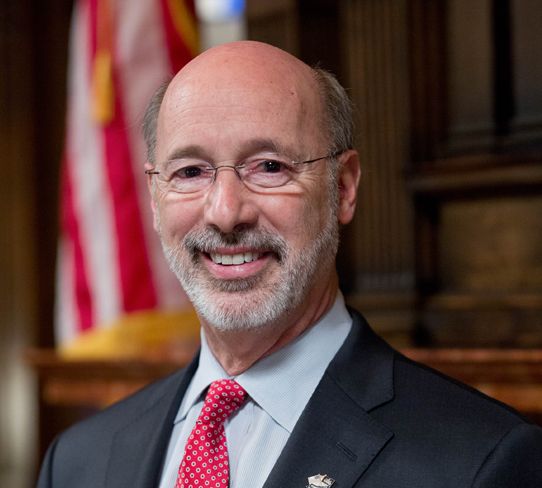Click here to subscribe today or Login.

In too many areas of our state, the disease of addiction has devastating impacts that reverberate across community health, public safety and quality of life in Pennsylvania neighborhoods. Every day, opioid drug abuse destroys lives and families, and heroin and prescription drug trade wreaks havoc on communities.
Unfortunately, another heartbreaking reality for the loved ones of those battling addiction is the prospect of a fatal overdose. Our current system of drug treatment and rehabilitation too often prioritizes penalization over intervention and treatment.
We must keep our communities safe and healthy. Saving lives by preventing overdoses will help law enforcement and local governments do just that.
A government that works protects and helps its most vulnerable. Across the country, law enforcement, emergency medical professionals and first responders are now carrying naloxone, a life-saving medicine that reverses opioid overdoses. I’m proud to announce that for the first time, the Pennsylvania State Police will carry naloxone kits in their patrol cars and be able to administer the drug through a nasal spray.
In November, David’s Law went into effect in the commonwealth with bipartisan support. The law allowed naloxone to be administered by law enforcement and firefighters, most often the first responders in instances of drug overdoses. Further, the law allows naloxone to be prescribed to a friend or family member who might find a loved one overdosing.
I have directed Physician General Dr. Rachel Levine to write a “standing order” for naloxone for the commonwealth. It will act as a prescription that allows every Pennsylvania citizen to get naloxone.
I’m committed to working with the state police, the Department of Drug and Alcohol Programs, and the Department of Health to fully implement David’s Law. Further, my proposed 2015-16 budget includes funding for the Department of Human Services to provide naloxone kits to first responders, local drug and alcohol programs, and others across the state.
This shared commitment extends to the private sector, as well. Major insurance companies, including Geisinger, Highmark/Blue Cross Blue Shield, Health Partners and Aetna, have partnered with my administration to provide funding to supply both state and local police with naloxone. In addition to their partnership, these organizations understand the immediate benefit of every state patrol car in the commonwealth being equipped with a naloxone kit.
Naloxone, also known by the brand name “Narcan,” was approved by the Food and Drug Administration in 1971 and has been used successfully in emergency rooms and ambulances for decades. At least 188 community-based overdose prevention programs across the country now distribute naloxone. As of 2010, those programs had provided training and naloxone to over 50,000 people, resulting in over 10,000 overdose reversals.
Delaware County has proven to be a model in implementing David’s Law. By the beginning of this year, naloxone was present in every police vehicle, all police were trained on how to administer the drug, and the county’s district attorney has led efforts to increase coordination with the Department of Drug and Alcohol Programs. Since the enactment of this law, more than 31 lives have been saved through the use of naloxone in Delaware County.
The benefits of naloxone cannot be denied. Naloxone is a non-narcotic and non-addictive prescription drug, so it can be used only to prevent overdoses and save lives. Naloxone prevents deaths from opioid overdoses caused by heroin and other opioids such as Oxycodone and Percocet.
Further, naloxone empowers first responders to continue doing what they do every day – save lives. My administration is working to ensure that first responders all across the commonwealth have access to naloxone and training on how to administer it. Further, we want them to have the tools to educate and inform families and loved ones of those addicted to opioids on how naloxone can be used in emergency situations.
As we continue to advance substance abuse prevention, intervention and treatment to curb the heroin and opioid prescription drug epidemic, we need more tools to address addiction. We have a lot of work to do but by getting naloxone into the hands of those who can prevent overdoses, we are saving lives and advancing the fight against opioid abuse.





